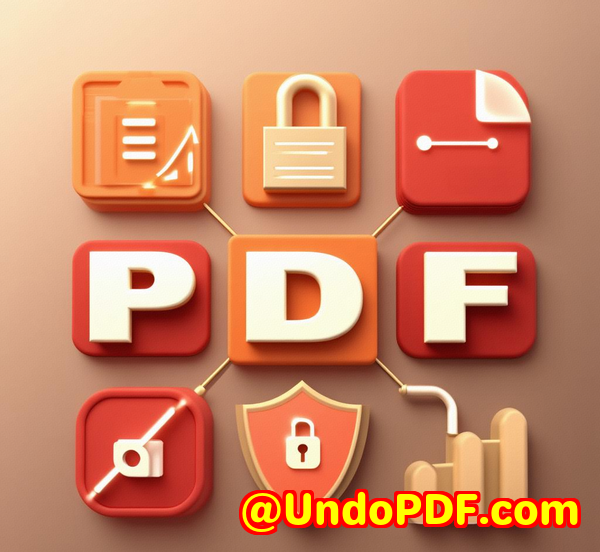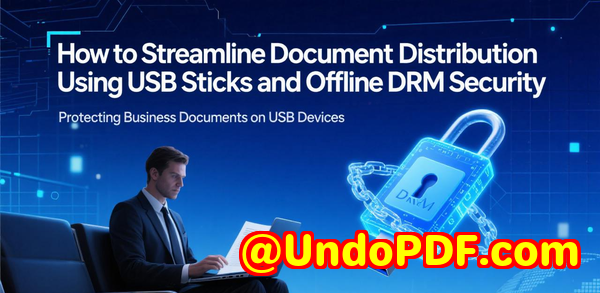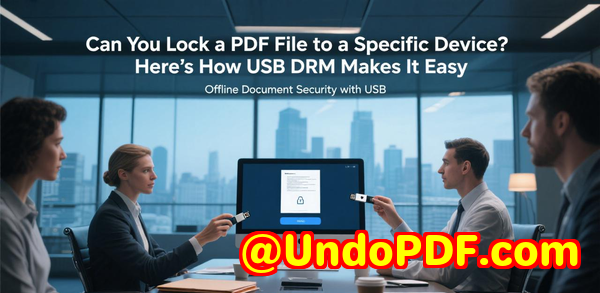Protect Food and Beverage Brand Photos with DRM Secure Image Delivery for Restaurants and Cafs
Protect Food and Beverage Brand Photos with DRM Secure Image Delivery for Restaurants and Cafs
Secure your restaurant or caf’s product photos with VeryPDF DRM Protector, preventing copying, downloads, and unauthorized use across online platforms.
Every time I launched a new menu or showcased a seasonal beverage online, I felt a familiar knot in my stomach.
I’d spent hours photographing the perfect latte art or plating a signature dish beautifully, only to find my images later popping up on other websites or social media pages without permission.
For anyone running a restaurant or caf, this is more than frustratingit directly affects brand value, customer trust, and potential revenue.

I knew I needed a solution, but standard watermarking felt flimsy. Right-click restrictions were easily bypassed. I needed something strongersomething that could protect my images while still letting customers see them in high quality. That’s when I discovered VeryPDF DRM Protector for Image Protection.
Why Protecting Food and Beverage Brand Photos Matters
In the restaurant and caf business, images sell.
Whether you’re updating a website, sharing on social media, or listing products on e-commerce platforms like Shopify or Amazon, customers make split-second decisions based on what they see.
But here’s the reality:
-
Anyone can right-click and save your photos.
-
Automated bots can scrape your entire catalog.
-
Screenshots or AI tools can use your content for unauthorised purposes.
Losing control of your imagery doesn’t just hurt salesit can dilute your brand identity. A competitor using your photos, or worse, having them end up in AI-generated datasets, can significantly damage your online reputation.
I learned the hard way that traditional methodssimple watermarks or disabling right-clickweren’t enough. I needed encrypted, DRM-protected image delivery, and that’s exactly what VeryPDF offers.
How VeryPDF DRM Protector Secures Restaurant and Caf Images
1. Secure Browser-Based Image Preview
One of my first concerns was keeping the shopping or menu browsing experience smooth. I didn’t want to make it frustrating for customers.
With VeryPDF DRM Protector, customers can view images directly in their web browser. There’s no need for extra downloads or apps.
-
Seamless viewing experience for dishes, drinks, and promotions.
-
DRM protection works quietly behind the scenes.
-
Maintains high-quality presentation without compromising security.
The first time I used it, I was amazed at how natural it feltlike a regular website gallery, but completely secure.
2. Prevent Image Copy, Download, and “Save As”
This was a game-changer. Right-click, “Save As,” or even direct URL downloads are blocked.
-
Images are delivered as encrypted streams, not standard JPEGs or PNGs.
-
No deep-linking or hotlinking is possible.
-
Each session has unique DRM keys, so stolen links are useless.
I tried testing it by sharing a link outside my team, and it was instantly clear: unauthorized access was blocked every time. That gave me peace of mind.
3. Screenshot Protection and Dynamic Watermarking
Screenshots had been my biggest headache. Even with right-click disabled, someone could still capture my photos.
VeryPDF DRM Protector tackles this smartly:
-
Windows and macOS: Screenshots can be blocked in the protected viewer.
-
iOS and Android: System limitations exist, but dynamic, user-specific watermarks are overlaid on images.
-
Watermarks can include email addresses, IPs, user IDs, or timestamps.
I remember running a test with a watermarked seasonal latte image. Someone tried taking a screenshot, and their email appeared across the photo. It’s subtle but effectiveany unauthorized sharing is instantly traceable.
4. Anti-Crawler and AI Tool Protection
For my e-commerce listings, I was especially worried about automated bots scraping images for resale or AI datasets. VeryPDF’s anti-crawler DRM technology solved this:
-
Encrypted streaming delivery makes scraping nearly impossible.
-
CAPTCHA and rate-limiting stop large-scale automated downloads.
-
Server-side image rendering prevents reconstruction of high-resolution files.
I had competitors try to scrape my menu images, and they failed miserably. The system caught every attempt without affecting legitimate customers.
5. Flexible Watermarking Options
Sometimes, subtlety is key. Dynamic watermarking allows me to overlay just enough information to deter theft without distracting from the image’s visual appeal.
-
I can choose visible or invisible watermarks.
-
Watermarks can adapt based on the user’s session, order, or IP.
-
Perfect for seasonal promotions, limited-edition beverages, or premium dessert photography.
This flexibility makes it easier to maintain brand aesthetics while protecting intellectual property.
6. Multi-Platform Compatibility
I run my marketing across multiple platforms: my website, Instagram, and a custom Shopify store. VeryPDF DRM Protector works everywhere:
-
Windows, macOS, iOS, Androidall supported.
-
Browser-based viewing by default keeps things simple.
-
Optional native app integration ensures enterprise-level screenshot blocking when needed.
I set it up once, and all platforms were secure without extra effort. It’s like having a security team dedicated to my images.
Real-World Impact
Using VeryPDF DRM Protector has completely changed how I manage and share my food and beverage images.
-
No more anxiety over unauthorized use.
-
Customers enjoy high-quality previews without friction.
-
I can confidently share seasonal menus or promotional content without worrying about competitors or AI scraping.
Compared to other tools I tried, this solution is more robust. Traditional watermarking services often fail, and basic right-click blockers are trivial to bypass. VeryPDF combines encryption, DRM, streaming, and watermarkingall in one platform.
Why Restaurants and Cafs Should Consider VeryPDF DRM Protector
If you’re like me and rely on visual appeal to sell your products:
-
Protect your brand’s identity.
-
Prevent revenue loss from stolen or copied images.
-
Deter AI models and bots from scraping your content.
-
Maintain customer trust with secure image delivery.
For anyone running a restaurant, caf, or online shop, I’d highly recommend this tool. It’s straightforward to implement, flexible, and most importantly, effective.
Click here to try it out for yourself: https://drm.verypdf.com/
Custom Development Services by VeryPDF
VeryPDF offers comprehensive custom development services tailored to your technical requirements. Whether you need specialised PDF and image processing solutions for Windows, macOS, Linux, or server environments, they’ve got you covered.
-
Development in Python, PHP, C/C++, Windows API, Linux, Mac, iOS, Android, JavaScript, C#, .NET, and HTML5.
-
Windows Virtual Printer Drivers to generate PDF, EMF, or image formats.
-
Printer job capturing and monitoring across all Windows printers.
-
System-wide and application-specific hook layers for Windows API monitoring.
-
Processing of PDF, PCL, PRN, Postscript, EPS, and Office documents.
-
Advanced technologies for barcode recognition, layout analysis, OCR, and OCR table recognition.
-
Cloud-based solutions for document conversion, viewing, digital signatures, and DRM protection.
For any specific project or custom requirement, contact VeryPDF via their support center: https://support.verypdf.com/
FAQs
1. Can VeryPDF DRM Protector stop users from taking screenshots on all devices?
Yes for Windows and macOS via the protected viewer. On iOS and Android, screenshots can be partially blocked and dynamic watermarks discourage unauthorized sharing.
2. Will my customers need special software to view images?
No. Images are viewable directly in the browser with seamless DRM protection.
3. Does it work with Shopify and Amazon?
Absolutely. VeryPDF DRM Protector integrates with online shops and e-commerce platforms to protect your catalog images.
4. Can I apply watermarks dynamically for each user?
Yes. Watermarks can include email addresses, IPs, session IDs, or order numbers, making each image traceable.
5. How does it prevent automated scraping or AI model training?
Images are delivered via encrypted streaming with anti-crawler technology, making bulk downloads extremely difficult. CAPTCHA and rate-limiting can also be applied.
Tags or Keywords
-
Image protection for e-commerce
-
DRM secure image delivery
-
Protect online restaurant photos
-
Anti-screenshot image protection
-
VeryPDF DRM Protector



